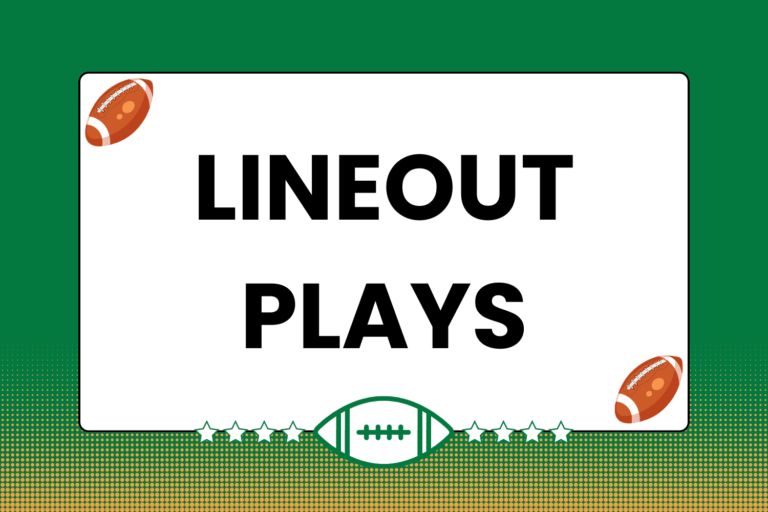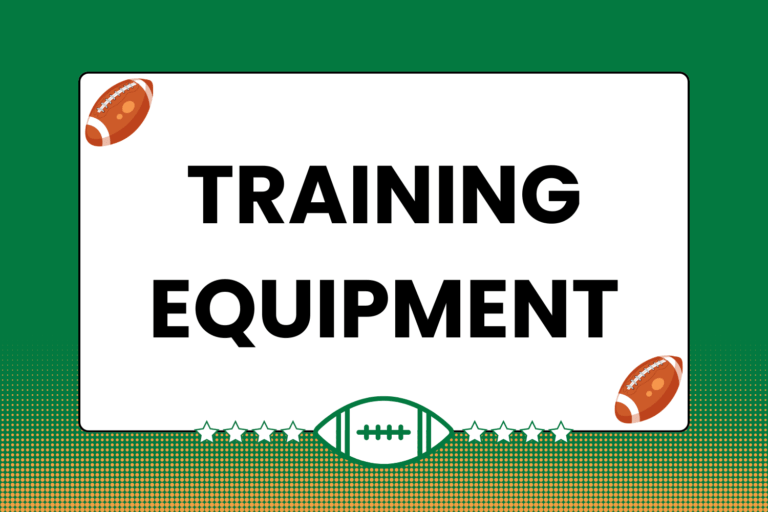Little Billy is the perfect child. He does well in school, has lots of friends, never complains about his chores, and always eats his vegetables. He’s polite, well-spoken … wait, what did Billy just say? He’s interested in playing rugby? What!? Oh, horror of horrors! Such a catastrophe! This perfect child playing that barbaric excuse of a sport? Perish the thought! It’s too rough, too nasty. He’ll forever lose his chances at getting a scholarship to a prestigious university!
It’s ludicrous to envision children playing the same version of a sport that adults do – rugby included. Much like the youth versions of other sports, the version of rugby played by younger players features the same principles as the adult version, but in highly structured and restricted formats. Consider the fact that pee-wee hockey players don’t shoot the puck as hard as players at the professional level; and the average 12-year-old baseball player doesn’t need to worry about getting beaned by a 95-mph fastball. These differences exist to simultaneously keep younger players safe and teach them the game. So fortunately for Billy (and his health and future education), rugby may not ruin him after all.
This guide aims to identify, and hopefully assuage, some of the hesitation and anxiety felt by parents of prospective youth ruggers. The goal is to address the sources of those hesitations and anxieties by identifying the key areas and specific characteristics of rugby that can be viewed as potentially problematic.
Rugby vs. American Football
One sport to which rugby is frequently compared is American football. The common assumption from this comparison is that American Football is safer because the players wear pads. While the pads worn do protect players, they in no way completely reduce the potential for injury to occur. In fact, players commonly engage in particularly dangerous collisions because they wear pads, assuming they’re more protected than they actually are.
Differences in Format
Some of the terms in this section may be unfamiliar to those who are new to rugby. For additional information about the sport in general, please reference the ‘Glossary’ and ‘Rugby Basics’ sections.
The rules are the same in both youth and adult rugby. The ways of scoring points are the same. Essentially, youth rugby and adult rugby are the same game. But again, it would be silly – and more importantly very dangerous – to have children compete in any athletic competition designed for adults. The games/sports/contests themselves can and should be similar, but the structure and format should differ accordingly.
All of the variations listed below are also different from one country to the next, although the differences are slight and not very significant. In other words, the dimensions, rules, etc. listed below aren’t exact references to the rules of youth rugby around the world. Rather, they’re a list of the general differences between adult and youth rugby, and the differences between each of the age groups of youth rugby.The purpose of these variations is to ensure that the level of complexity is appropriate to the age of the players. As players get older and become more experienced and familiar with the game, the restrictions and limitations are minimized.
Level of Physicality
- Ruggers below the age of 12 usually play a touch version of the sport, wherein a player is considered ‘tackled’ when a member of the opposing team can touch him/her with both hands simultaneously. Contact is minimal, and any physical play (i.e. pushing hard when trying for a two-hand touch tackle) is closely scrutinized and regulated.
- Tackling is allowed at 12 years and beyond, though the level of physicality is still closely monitored. Anything resembling dangerous play – high tackles, slamming opponents to the ground, fighting – is not tolerated, especially in matches featuring 12- and 13-year-old players.
- Below the high school levels, any contact with a player’s head is a penalty. This is meant to mostly deal with ‘fending off’ – when the ball carrier tries to push opponents away.
Size of the Pitch
A normal pitch is approximately 100 meters long and 70 meters wide.
- The youngest of ruggers (ages 10 and under) play on smaller pitches, ones that are usually no more than 50 meters in length and 30 meters in width. That’s about half the size of a normal pitch.
- At the younger ages (12-14) the length may be shortened 10 to 20 meters, but in high school and beyond they usually play on a 100×70 pitch, the standard size for adult rugby.
Number of Players
A normal side/team fields 15 players – eight forwards and seven backs.
- Ruggers 10 and under rarely play with more than 10 players a side during a match. The normal format is five forwards and five backs.
- Ruggers ages 11 to 13 play with 12 players a side, with five forwards and seven backs.
- Age 14 and up usually have the standard 15 players a side, with eight forwards and seven backs.
Length of the Match
An adult-level match consists of two 40-minute halves.
- Ruggers 12 and under play two halves of 15 to 20 minutes each.
- Ruggers ages 12 to 14 play two halves of 25 minutes each.
- Ruggers between 14 and 16 years old play two halves of 30 minutes each.
- High school ruggers usually play 35-minute halves.
Set Play Variations
Scrums:
- The youngest ruggers play with five-forward packs, and it’s not unusual to have uncontested scrums (no pushing).
- At 12 years, scrums are still two five-forward packs, but actual scrumming (pushing) is permitted at the discretion of both coaches and the referee. The experience of the forwards is the biggest determining factor; most of the injuries that result from scrums occur because inexperienced players don’t know what to do in a those situations. If players and coaches on both sides are comfortable, scrums can be contested. Otherwise, they’re not.
- Between ages 12 and 14, scrums usually have five or six players in each pack. All scrums are contestable, unless the referee decides the players aren’t experienced enough.
- From 14 years and beyond, packs consist of the normal eight forwards.
Lineouts:
- At ages 12 and younger, players in a line-out are allowed to jump for the ball, but they are not allowed to be lifted into the air. No fewer than two players and no more than four, from each side may participate in a line-out.
- Ruggers age 12-14 are allowed to jump and be lifted in a line-out. No more than seven players from each side are allowed to participate.
Gaining Some Perspective
Depending on what knowledge the parent of a potential new rugger has about the sport, chances are good that that parent may be less than thrilled at the idea of their child playing rugby. These initial hesitations are perfectly understandable, especially if the parent’s idea of rugby has been formed out of a few half-truths and incomplete factoids. The easiest way to get over them? Learn about the game for yourself.
Here are some ways to expand your knowledge of rugby:
Go Watch a Game
Children can be fickle, to say the very least. While Billy’s ambition may be to play rugby this week, next week it could very likely transform into the burning desire to play the guitar. Once you get some information about the youth rugby teams in your area, take your child to watch a match. This will provide both of you with the opportunity to learn about what to expect. It’s also a good way to make sure this isn’t just a passing fancy for your child.
See for Yourself
Much like learning to play, experiencing rugby for oneself is the only way to truly understand the game for what it is. That’s not to say parents should attempt to go play in a youth rugby match – that would be a bad idea. Rather, ensure that the information being used to form an opinion of rugby is accurate and valid, instead of relying on what can be heard through the grapevine. And if there are parents that would still rather their child not play, that is perfectly understandable. It is the absolute right and obligation of all parents to do what they feel is best for their child.
Whatever the decision, hopefully this guide has provided a new perspective on the wonderful game of rugby!





